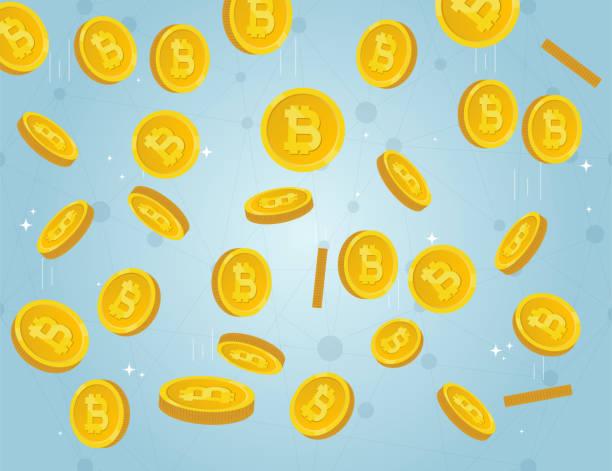In today's fast-paced world, the Internet of Things (IoT) has emerged as a revolutionary force, drastically altering the landscape of various industries.
One such sector that has witnessed a remarkable transformation thanks to IoT is the travelling and transportation industry. IoT is not just a buzzword; it's a technological phenomenon that has the potential to redefine the way we move from one place to another. In this blog, we'll explore the myriad ways in which IoT is reshaping the travelling and transportation landscape.
1. Enhanced Safety Measures:
Safety is paramount in the travelling and transportation sector, and IoT has stepped in to make it even more robust. Smart sensors and cameras are now being integrated into vehicles, infrastructure, and even wearable devices to monitor various aspects of travel. From real-time vehicle diagnostics to driver behaviour monitoring, IoT ensures that safety concerns are addressed promptly. For example, IoT can detect when a vehicle's tire pressure is low and alert the driver, potentially preventing accidents.
2. Efficient Fleet Management:
IoT-enabled fleet management solutions have revolutionised the logistics and transportation industry. Companies can now track their vehicles in real-time, optimize routes, and monitor fuel consumption. This not only reduces operational costs but also minimises the environmental impact by reducing fuel consumption and emissions. Additionally, IoT helps prevent vehicle breakdowns by providing data on maintenance needs.
3. Seamless Travel Experience:
IoT is all about connectivity, and it's transforming the way passengers experience travel. Smart airports and train stations use IoT to offer travellers a more convenient and enjoyable experience. For instance, passengers can receive real-time updates on flight or train delays, find the nearest available parking spot, or receive personalised offers and services based on their preferences and past travel history.
4. Traffic Management and Congestion Reduction:
IoT plays a pivotal role in managing urban traffic congestion. Smart traffic lights and sensors can adapt to real-time traffic conditions, optimizing traffic flow and reducing gridlock. This not only saves commuters time but also reduces fuel consumption and lowers emissions, contributing to a greener environment.
5. Sustainability and Environmental Impact:
As the world becomes increasingly conscious of its environmental footprint, the transportation industry is under pressure to become more sustainable. IoT is aiding in this transition by promoting eco-friendly practices. Electric and hybrid vehicles, connected to IoT networks, can be charged more efficiently, and renewable energy sources can be integrated into transportation systems.
6. Predictive Maintenance:
IoT sensors in vehicles and infrastructure can predict when maintenance is needed, helping transportation companies reduce downtime and minimize maintenance costs. This proactive approach ensures that vehicles are in optimal condition, increasing safety and efficiency.
7. Improved Cargo Tracking:
IoT's influence extends to cargo tracking and logistics. Sensors and RFID tags allow for real-time tracking of goods in transit. This not only enhances security but also ensures the timely delivery of products, ultimately benefiting businesses and consumers alike.
8. Personalized Services:
IoT collects vast amounts of data, which can be leveraged to offer travelers highly personalized services. From recommending nearby restaurants to providing information about local attractions, IoT can make travel experiences more tailored to individual preferences.
In conclusion, the Internet of Things is revolutionizing the traveling and transportation industry in ways we could have only dreamed of a few years ago. From improving safety to reducing congestion and enhancing sustainability, IoT is making travel more efficient, enjoyable, and environmentally friendly. As technology continues to advance, we can expect even more exciting developments in this ever-evolving industry. The future of travel is connected, and IoT is the driving force behind this transformation.






